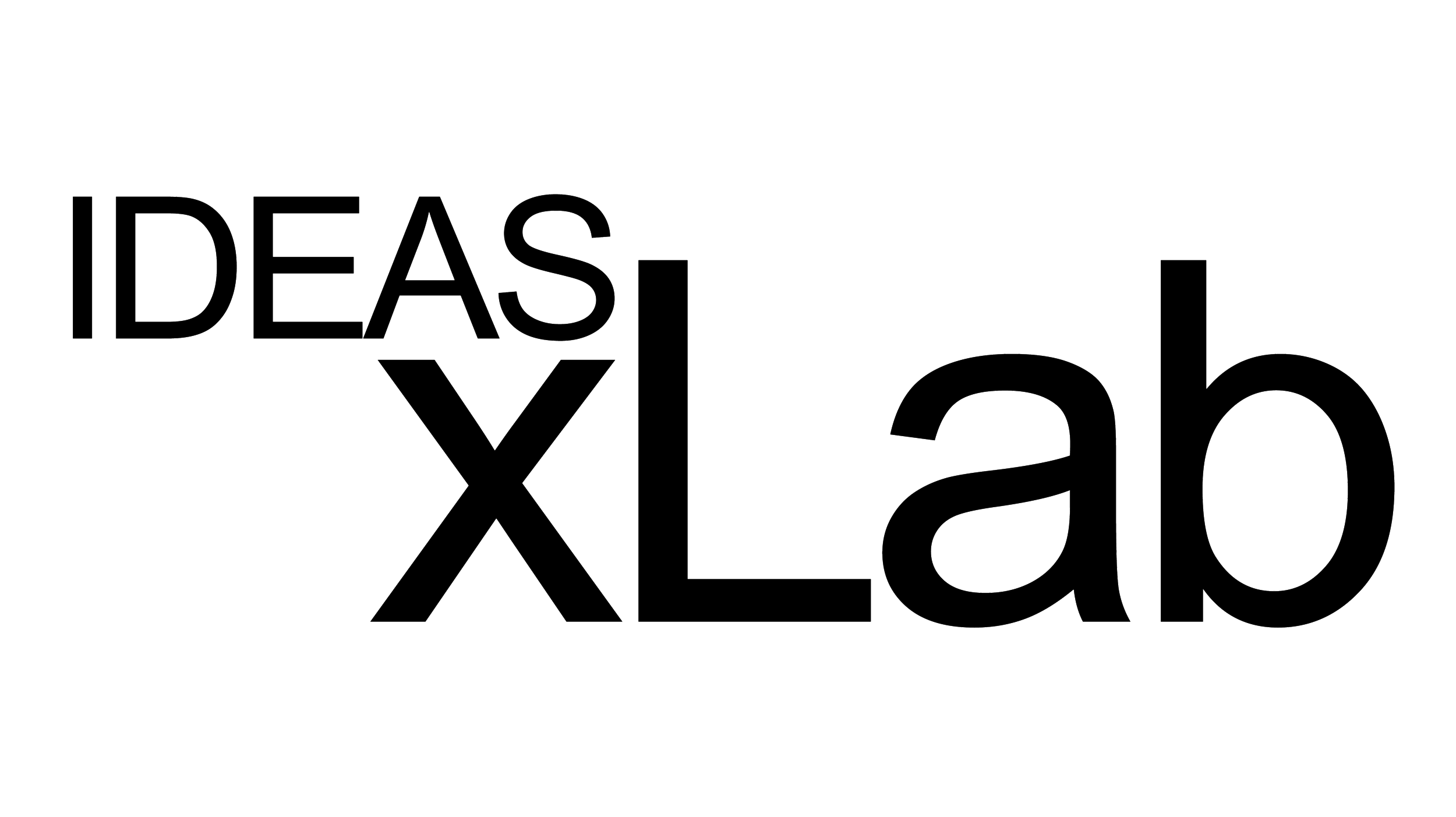National Public Health Week: Art as a Public Health Intervention
Art as a Public Health Intervention
by Ashlee Van Schyndel, Hope + Wellbeing VISTA
April 6 – 12th is National Public Health Week. As a public health student at the University of Louisville (and soon to be PhD student in Community Health Sciences at University of Illinois-Chicago), it is one of my favorite times of the year because we can really demonstrate why public health affects everyone and everything. Here at IDEAS xLab—where I am the Hope and Wellbeing VISTA—we work to marry public health concepts and art to transform lives in support of a more healthy, just, and hopeful society.
Prior to COVID-19, there were many people who likely weren’t aware of what public health was or what public health workers do. It is a large net that encompasses a variety of disciplines from epidemiology, environmental health, biostatistics, health behavior, and health administration and policy to safeguard and improve the health and wellbeing of all. Health and wellbeing are not just the physical aspects, but also include mental, social, and environmental parts of our lives. One of the ways we try and do through interventions, which are specific efforts to achieve a goal in improving health and wellbeing.
One way public health interventions can manifest is through art. Art therapy is one way it is applied directly to public health; serving as a mechanism to learn coping strategies and resilience. But in addition to therapeutic means, art is a way to expand public knowledge.
I have seen visual art serve as a teaching tool this way. For instance, a friend of mine, Jenny, recently did a series of makeup looks on viruses—interpretations of viruses and using her face as a canvas. In the comments section, she was able to provide basic information vetted by places such as the Centers for Disease Control and other resources to people who may not be versed in public health. For one of the posts, I was invited to provide background on the disease as an anthropologist and public health specialist to educate her audience. Despite the fact that makeup may not be where you might expect to find information on diseases and how to avoid them, it demonstrates that marrying arts with information may help introduce and expose information to new audiences.
A makeup interpretation of COVID-19 complete with information from Jenny’s Instagram virus makeup series.
Another example of art as a public health intervention is through food. Normally, public health is involved with food through the lens as either a determinant of health. For example: who has (and does not have) access to nutritious food resources, where can they be found in communities, ensuring that people are able to receive food. Another way food is often viewed by public health is through environmental health safety lenses in terms of ensuring quality, making sure people handling food are using hygienic practices, and avoiding food recalls and food-borne illnesses. During this pandemic, I have been approaching baking and cooking as an art, making food for my loved ones and neighbors to help them avoid having to go out and can stay healthy at home just one day more. Although I have not quite gotten to the high caliber work you might see on The Great British Baking Show, my brioche loaves haven’t come out too shabby.
The author’s homemade brioche also with homemade honey-ginger whipped cream.
One other example I can think of comes from the work here at IDEAS xLab. Our Emotional Wellbeing is a project that uses arts-based activities and collaboration to increase the hope and belonging of its participants (youths from 12-20 years old). One of the ways we see hope and wellbeing as part of a public health approach, is primarily in mental health. People who are more hopeful tend to be more adaptable to changing situations like we find ourselves in. One of the ways to build this perseverance can be through arts. In OEW, the young people have worked with local artists to perform activities that build on their innate leadership abilities. Throughout the program, the youth have done modeling and doing photography, videography, painting, poetry, fashion design, writing, and more. I have seen first-hand how the young people have embraced the arts, and by being vulnerable with each other and us increased their self-confidence and pride in themselves.
An OEW participant practicing modeling and being photographed by another participant.
While practicing Healthy at Home measures keeps us safe, there are still the disappointments, anxiety, and grief that come from not being able to live as we have. But taking a page from the youth in OEW and other artists—art in whatever form is one way to alleviate these problems and practice turning vulnerability into hopefulness, health and wellbeing.
Ashlee Van Schyndel is the Hope + Wellbeing VISTA at IDEAS xLab. She is also a graduate student at University of Louisville and the Governing Councilor and AJPH Editorial Board Representative for the American Public Health Association Student Assembly.





